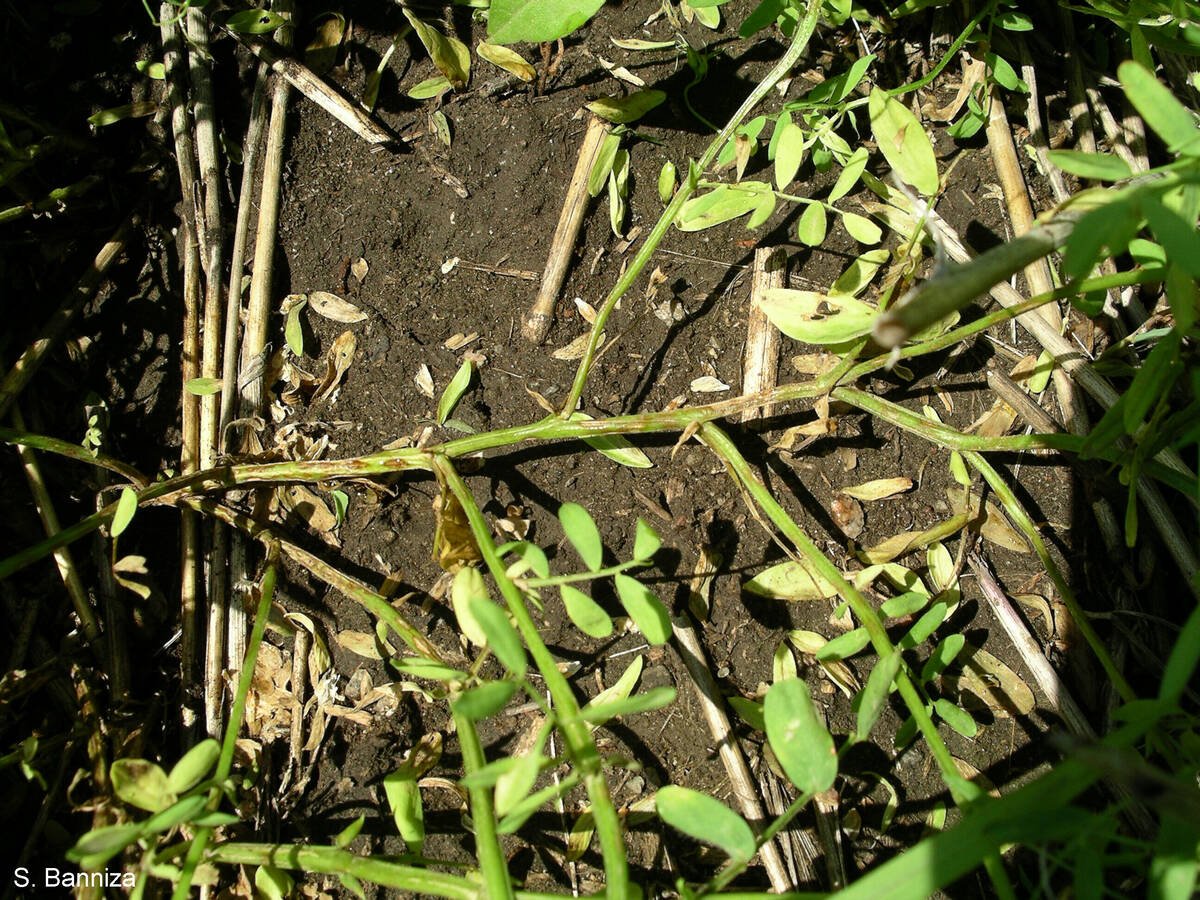SASKATOON -Taking a tough stand against cruelty to animals will save human lives, according to an official with the American Humane Society.
“Society still fails to recognize animal cruelty as a red flag that indicates a person’s capability for violence against their fellow humans,” said Dr. Randall Lockwood, speaking at a violence workshop held here to explore the link between animal abuse and human violence.
Social services agencies, law enforcement officers and the judicial system have been slow to catch on to the glaring connection, he said, and urged participants to spread the word that cruelty to animals is a mark of evil.
Read Also

Anthracnose resistant lentils within reach
The risk that anthracnose poses to lentils continues to be high priority for the pulse sector.
“Animal abuse is an indicator of abuse and violence in the home and of violence yet to be perpetrated,” Lockwood said.
His theory didn’t surprise Pat Matheson. The co-ordinator for Adele House, a Saskatoon women’s shelter, said her work with abused women revealed a connection with animal cruelty long ago.
“This has validated my own theory,” she said. “I have personally run into many women in the shelter who had animals killed by their abusive partners.”
Threatening, harming and killing pets is common in domestic violence cases, Matheson said.
“It keeps her scared … keeps her quiet.”
Social service workers shouldn’t have to apologize for their concern over animal abuse because it could save people’s lives, she said.
According to Lockwood, an American study shows 70 percent of American women who enter shelters report their pet at home has been killed or threatened.
One of the most significant questions society will grapple with into the next decade is how stop violence.
Pain on purpose
But to make the connection with animal cruelty, he emphasized the abuse must be intended to create pain and suffering beyond what is considered acceptable to society.
“We’re not talking about people who hunt or shoot birds and certainly not every kid who pulls the wings off a butterfly is going to turn into Ted Bundy or Jeffrey Dahmer.
“We’re talking about an intention to inflict pain and suffering for someone’s satisfaction and for violent people, animals are usually their first victims.”
For the most part, animal cruelty investigators are not confronting violent criminals. Statistics show 95 percent of animal cruelty cases are the result of neglect due to ignorance, laziness, a lack of resources or a mental or physical handicap.
The typical animal abuser is an adolescent male 15 to 18 years old, Lockwood said. The purpose is usually to gain power or control.
Lockwood said better detection of animal abuse is needed. Once detected, the system should prosecute abusers and enforce counselling and psychological evaluations in more serious cases.
“We are getting closer,” he said. “People no longer simply say ‘Hell, it’s just a cat and anyways, boys will be boys’. “
Lockwood left the audience with a chilling case in the United States where investigators searching the home of a man being prosecuted for killing 38 cats uncovered photographs of 20 different women he was stalking.
“There is no question that taking animal cruelty seriously saves human lives and human suffering,” he said.
















